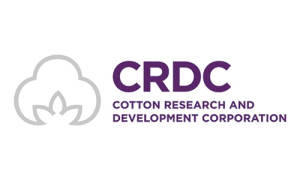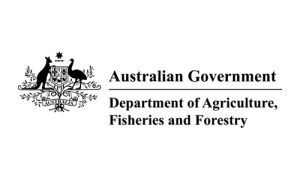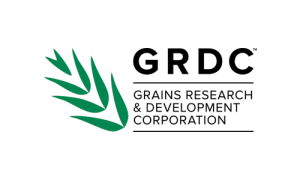About
The PBRI is a collaboration between Australia’s seven plant RDCs and the Department of Agriculture, Fisheries and Forestry. Its specific focus is coordinating plant biosecurity research.
The PBRI was formed in 2017 in response to the Intergovernmental Agreement on Biosecurity (IGAB) Review (Craik et al, 2017) which highlighted the lack of coordination of biosecurity research and innovation, particularly in cross-sectoral biosecurity research. At that time, the Australian biosecurity research landscape was defined as fragmented with replicated investments in biosecurity research across industries.
Across PBRI Phase I, a total of 12 investments valued at $51M were initiated and in Phase II, a total of 10 investments valued at $17.4M were prioritised and commissioned for delivery through the membership base. In a demonstration of the continued need for coordination of RD&E, in 2023, the PBRI Collaboration Agreement was renewed for another five years (2023-2028), further consolidating the PBRI’s position as a leader in biosecurity collaboration.
At the end of Phase II, the PBRI was recognised as a:
- Cost-efficient and sustainable model for co-investment in biosecurity innovation across plant industries.
- Focal point of plant biosecurity RD&E expertise relevant to plant industries.
- Facilitator of biosecurity collaboration and networks, linking researchers, industry and government.
Our Members
The PBRI is a partnership between Australia’s seven plant RDCs and the Australian Government Department of Agriculture, Fisheries and Forestry (DAFF).
PBRI Purpose
Research collaboration for better plant biosecurity outcomes.
PBRI Vision
PBRI is a leader in collaboration, delivering innovative and impactful biosecurity research.
PBRI Scope
Research, development and extension that minimises the impact of damaging endemic and exotic pests, diseases and weeds that affect Australia’s plant industries, communities and the environment.
Strategic Goals
Goal 1:
Identify and explore novel approaches and technologies for biosecurity.
Goal 2:
Coordinate and leverage high value cross-sectoral investment in plant biosecurity innovation.
Goal 3:
Drive responsive collaboration for better plant biosecurity outcomes.
PBRI at a glance
$69.4 Million
$69.4 million has been co-invested by PBRI members and partners in plant biosecurity RD&E since the PBRI was established in 2017.
$43.8 Billion
The collective value of production of plant industries supported by the PBRI is approximately $43.8 billion (2021-2022).
257 Plant Health Student members
There are 257 global members of the PBRI Plant Health Student Network.
Protection from $4.7 Billion losses
Introduced pests cost Australia $4.7 billion in agricultural production losses annually.
560 Attendees
560 people attended PBRI online forums including the Biosecurity Extension Community workshops and RD&E priority workshops.








